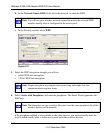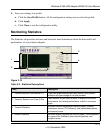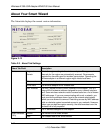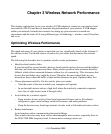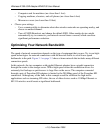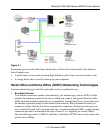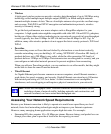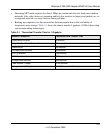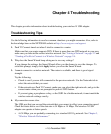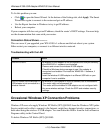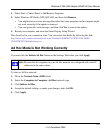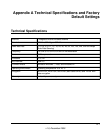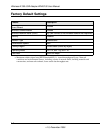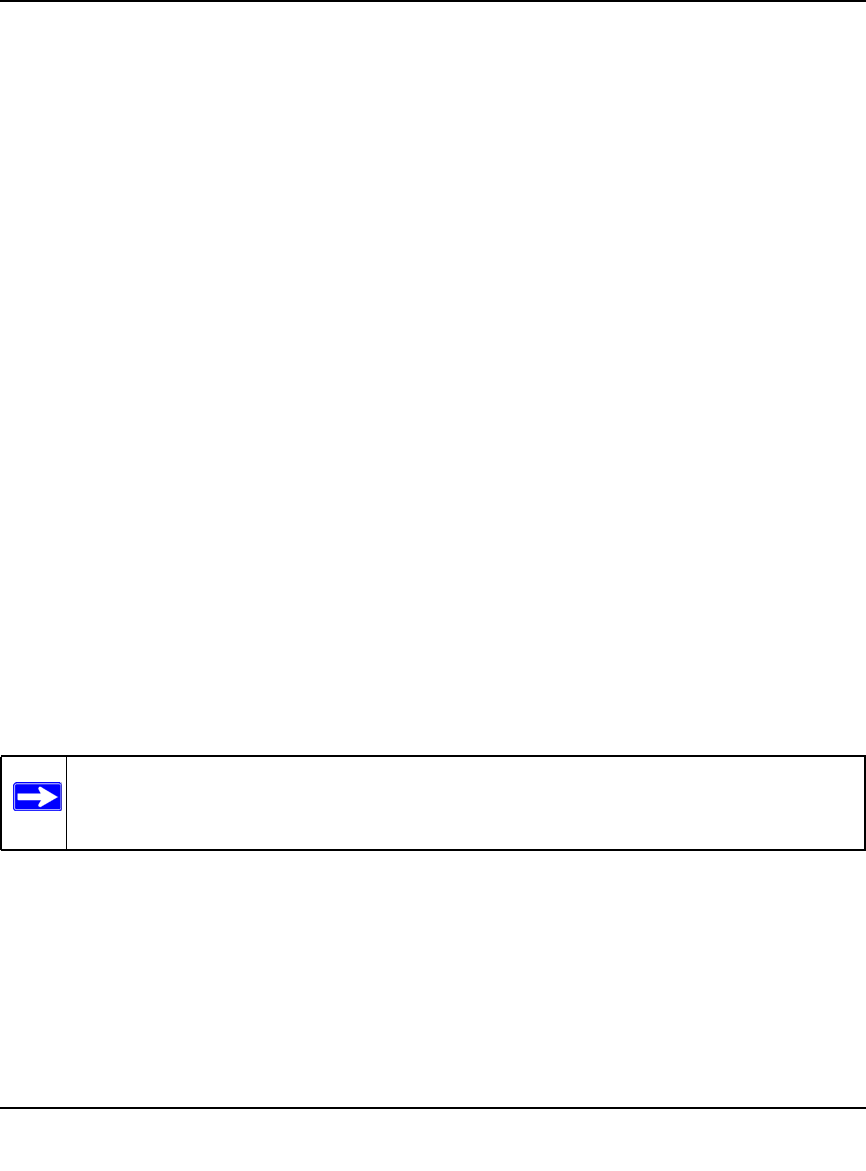
Wireless-N 300 USB Adapter WNA3100 User Manual
3-4
v1.0, December 2009
• Wireless
A high-speed wireless router can provide a wireless data throughput of up to 300 Mbps using
technology called multiple-input multiple-output (MIMO), in which multiple antennas
transmit multiple streams of data. The use of multiple antennas also provides excellent range
and coverage. With WPA and WPA2 encryption and authentication protocols, wireless
security is extremely strong.
To get the best performance, use newer adapters such as RangeMax adapters for your
computers. A high-speed router might be compatible with older 802.11b and 802.11g adapters,
but the use of these older wireless technologies in your network can result in lower throughput
overall (typically less than 10 Mbps for 802.11b and less than 40 Mbps for 802.11g). In
addition, many older wireless products do not support the latest security protocols, WPA and
WPA2.
• Powerline
For connecting rooms or floors that are blocked by obstructions or are distant vertically,
consider networking over your building’s AC wiring. NETGEAR’s Powerline HD family of
products delivers up to 200 Mbps to any outlet, while the older-generation XE family of
products delivers 14 Mbps or 85 Mbps. Data transmissions are encrypted for security, and you
can configure an individual network password to prevent neighbors from connecting.
When you add new Powerline products, you can continue to use older models, but they might
not be able to share the same Powerline network.
• Wired Ethernet
As Gigabit Ethernet ports become common on newer computers, wired Ethernet remains a
good choice for speed, economy, and security. Gigabit Ethernet can extend up to 100 meters
with twisted-pair wiring of CAT-5e or better. A wired connection is not susceptible to
interference, and eavesdropping would require a physical connection to your network.
Assessing Your Network Speed Requirements
Because your Internet connection is likely to operate at a much lower speed than your local
network, faster local networking technologies might not improve your Internet experience.
However, many emerging home applications require high data rates. For example:
• Streaming HD video requires 10 to 30 Mbps per stream. Because latency and packet loss can
disrupt your video, plan to provide at least twice the capacity you need.
Note: Actual data throughput varies. Network conditions and environmental factors,
including volume of network traffic, building materials and construction, and
network overhead, can lower actual data throughput rate.



